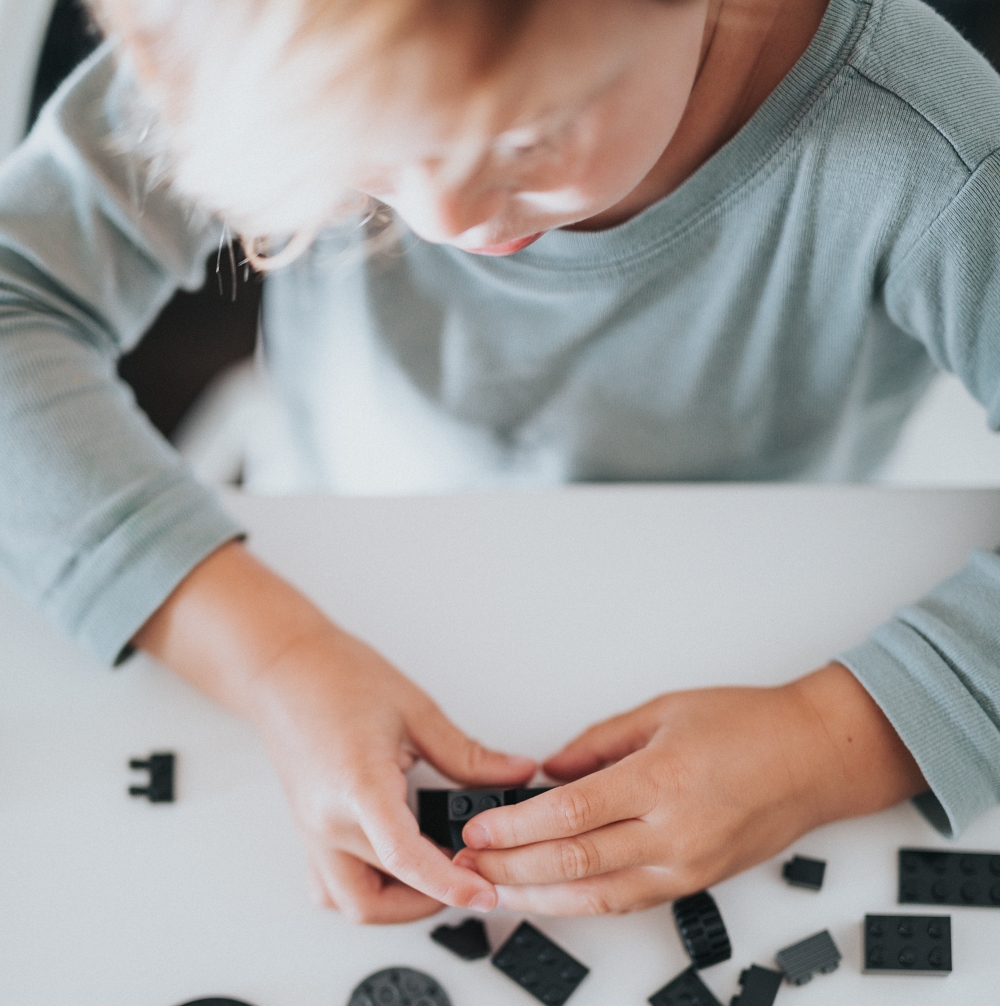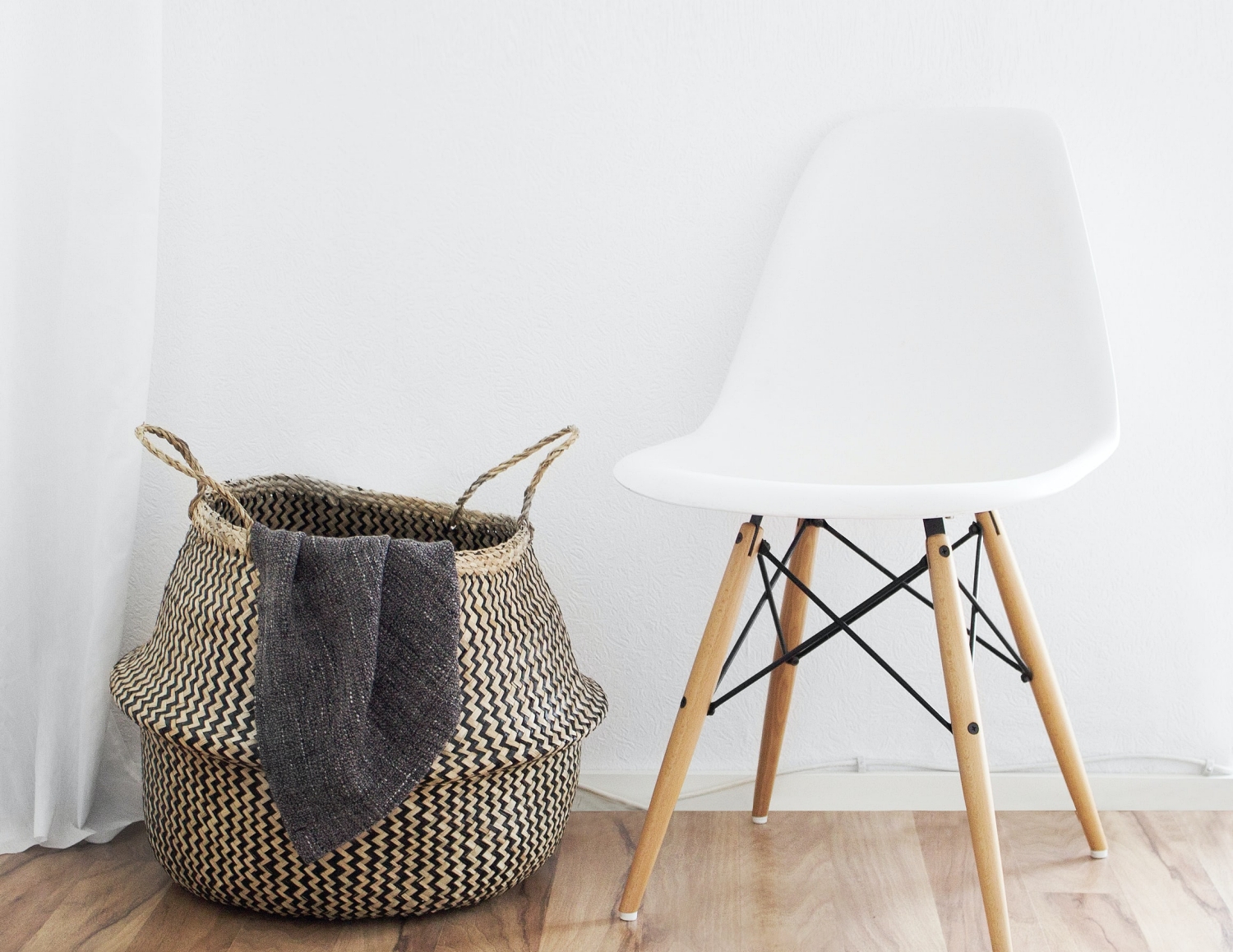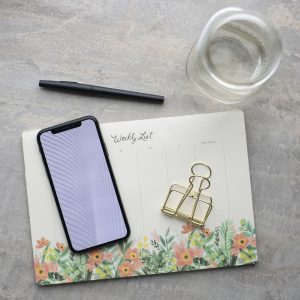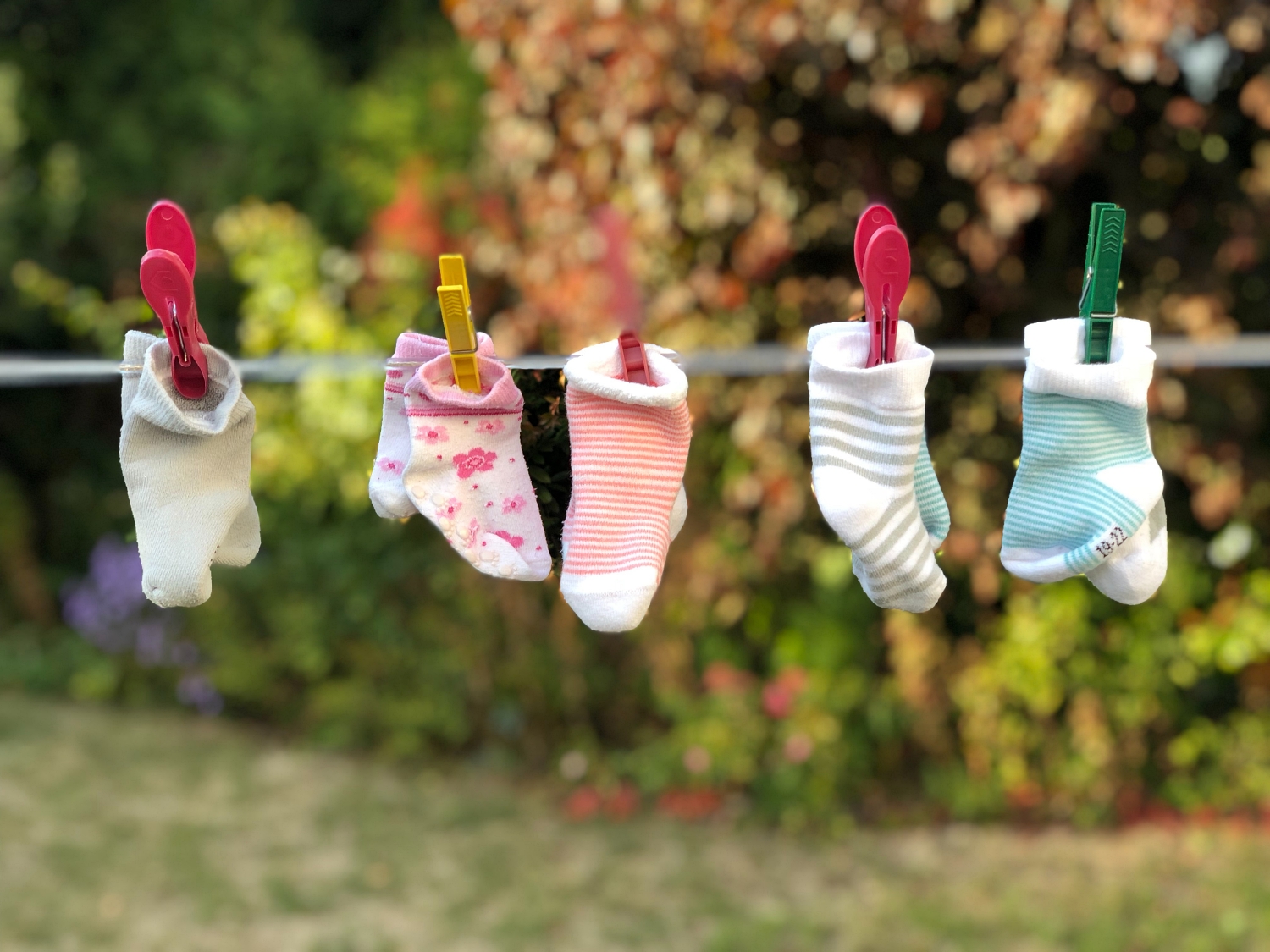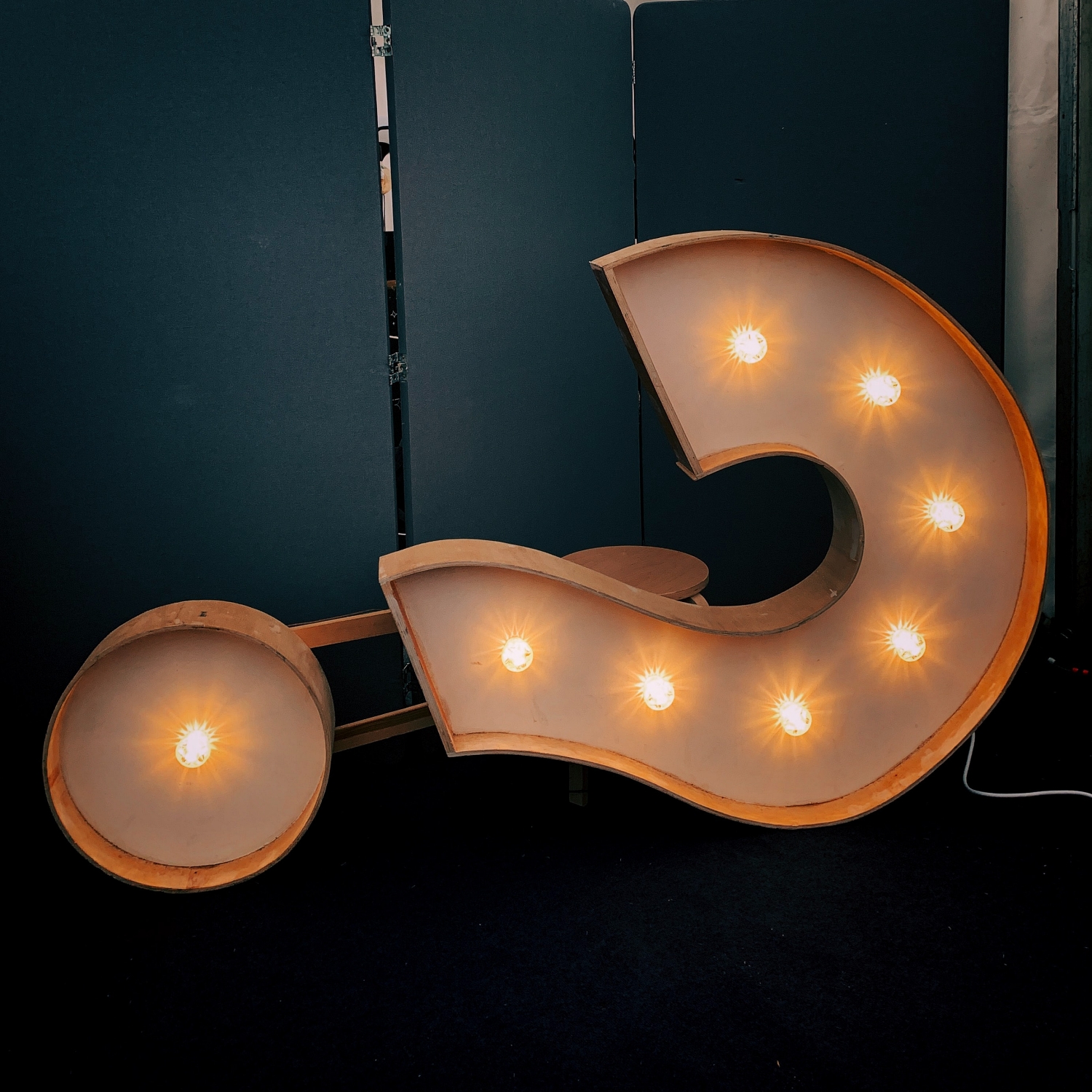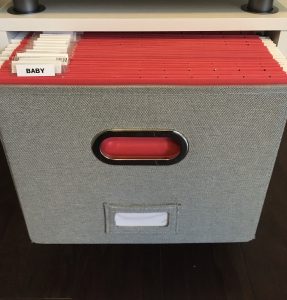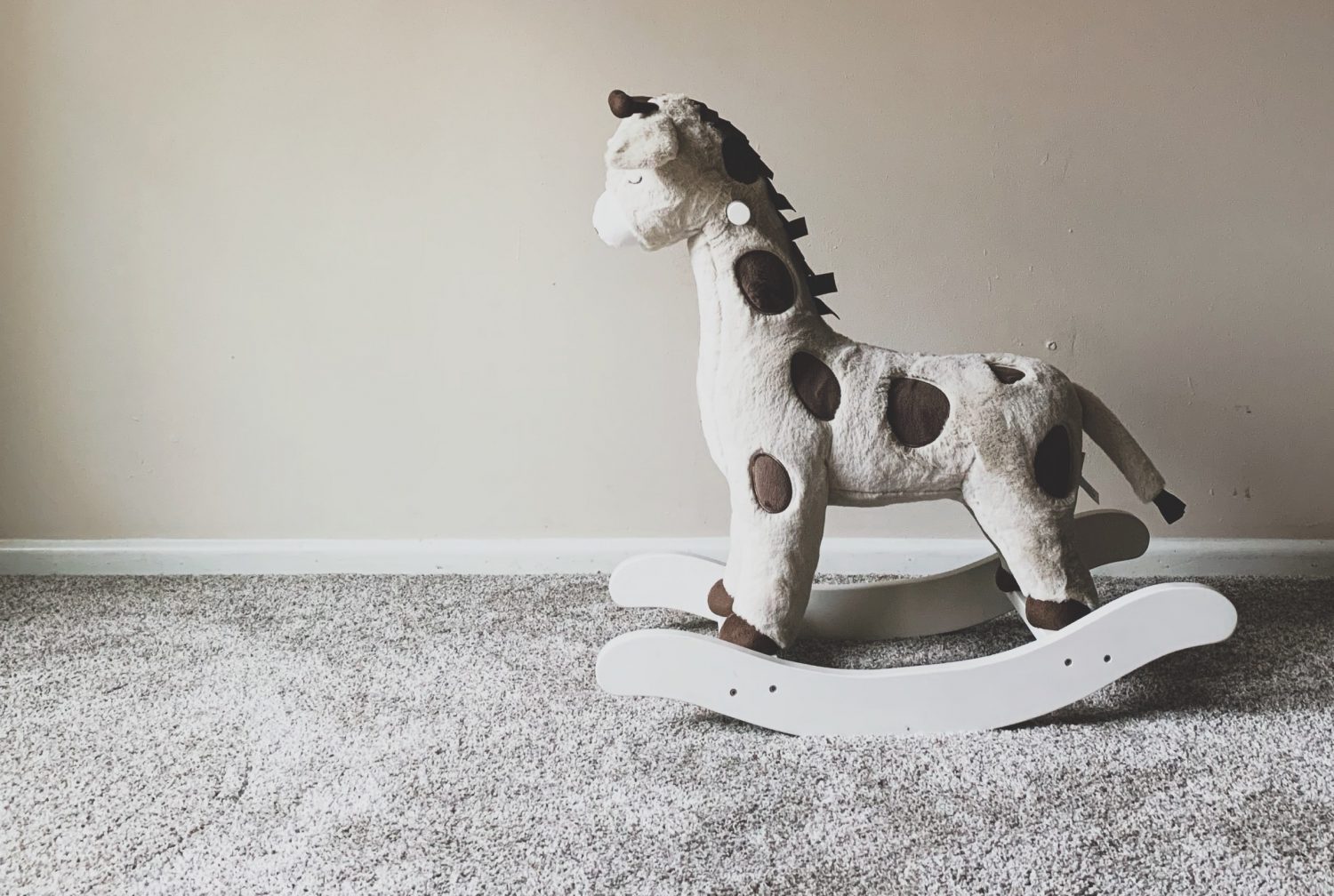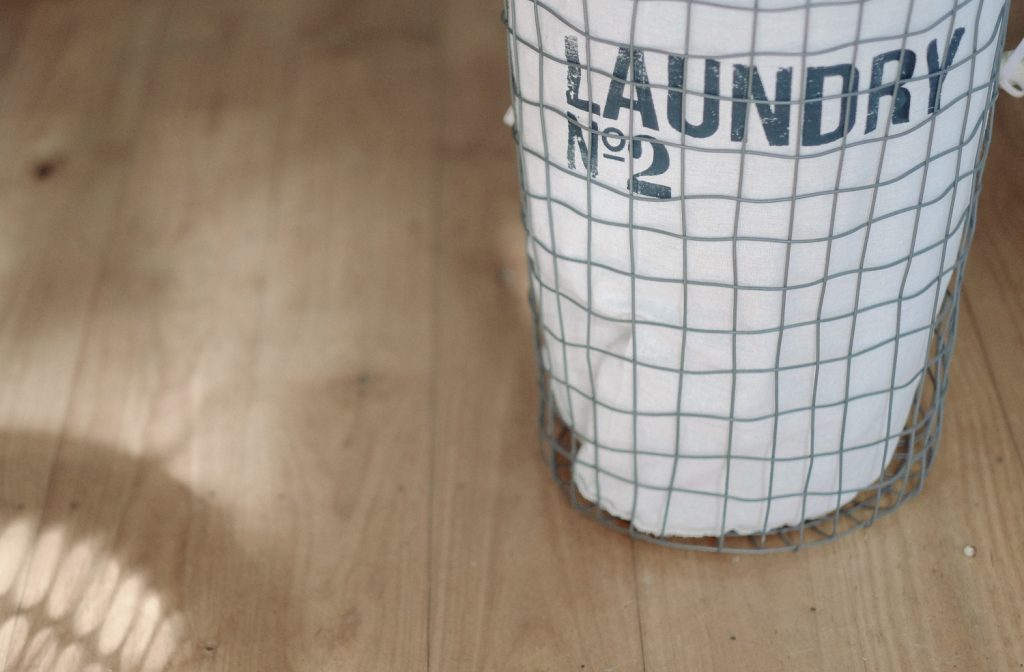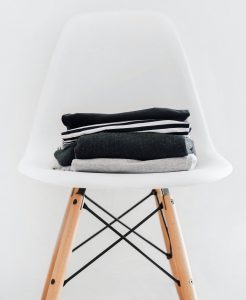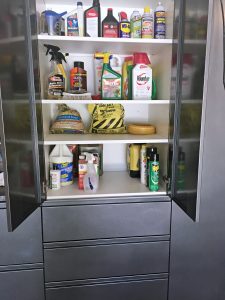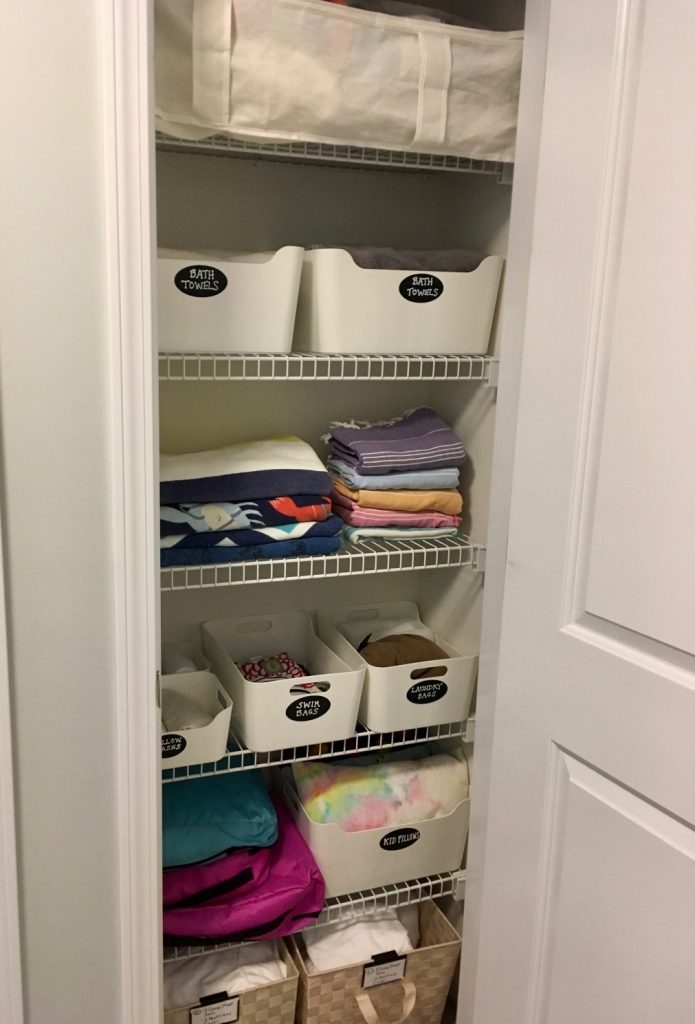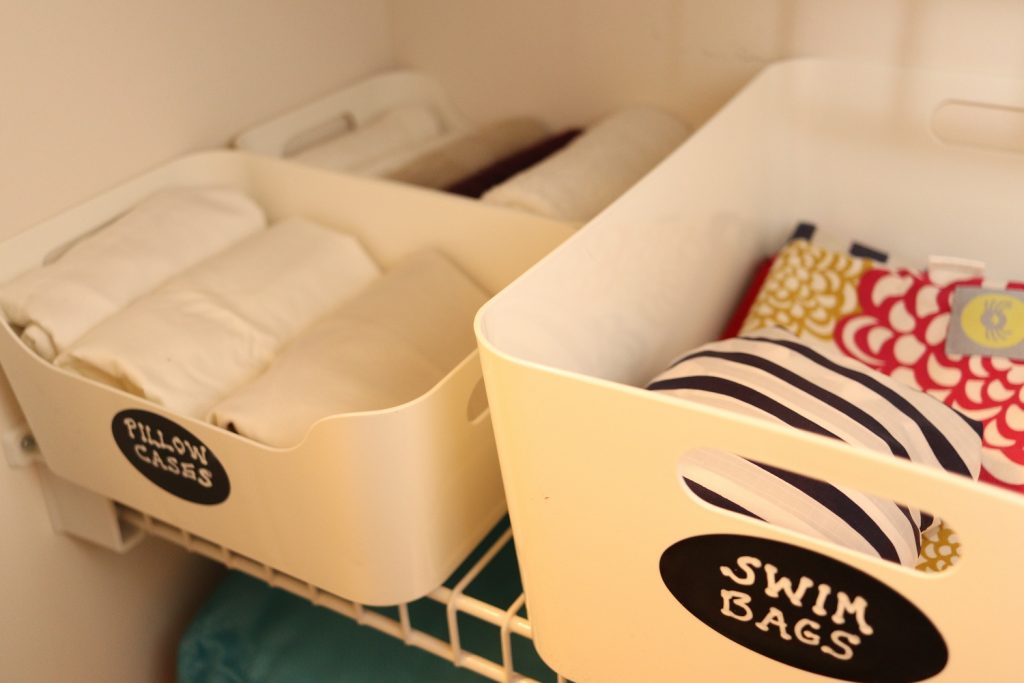I’ve written about this before, but it’s a topic that warrants being a recurring theme….kids and organizing, organizing and kids. They go together like two peas in a pod, right? Or, more like fire and ice? Well, getting and staying organized with kids in the mix is not for the faint of heart. But, I’m here to tell you, it is definitely possible!
In certain times of life, this is definitely more challenging than others, so be easy on yourself, and be realistic. But…I want you to believe this is possible, and to be inspired to try one small step. Remember, organization is a set of skills and can be taught, just like anything else. It’s a long term investment, like any other behavior or habit we’re looking to instill in our kids.
Note: The below focuses primarily on ideas for getting kids to take responsibility for keeping their things picked up. It’s not expecting them to fold clothes perfectly or to develop organizational systems. Let’s keep it simple. Here we go…
1.You are in charge.
You’re overwhelmed by stuff. It’s taking over. How does all this accumulation happen? Well, lots of reasons. School generates paperwork, people give gifts, we buy things, and receive hand-me-downs. The list goes on and on. But, you know what? You are in charge! Your kids are not. You decide what stuff will be in your home, and the accompanying expectations for caring for said stuff. When you act out from that mindset of empowerment, you can take hold of the clutter and make a real difference.
I’ve said it before and I’ll say it again. Kids know the routines at school and can and do pick up. Sure, they may listen better to teachers than to their own parents, but at least it’s proof that it’s possible! Remember that when it’s hard and you’re sooo tired of asking for the 100th time. It may just be the 101st time when you’ll see a glimmer of progress;).
2. Make organization a routine.
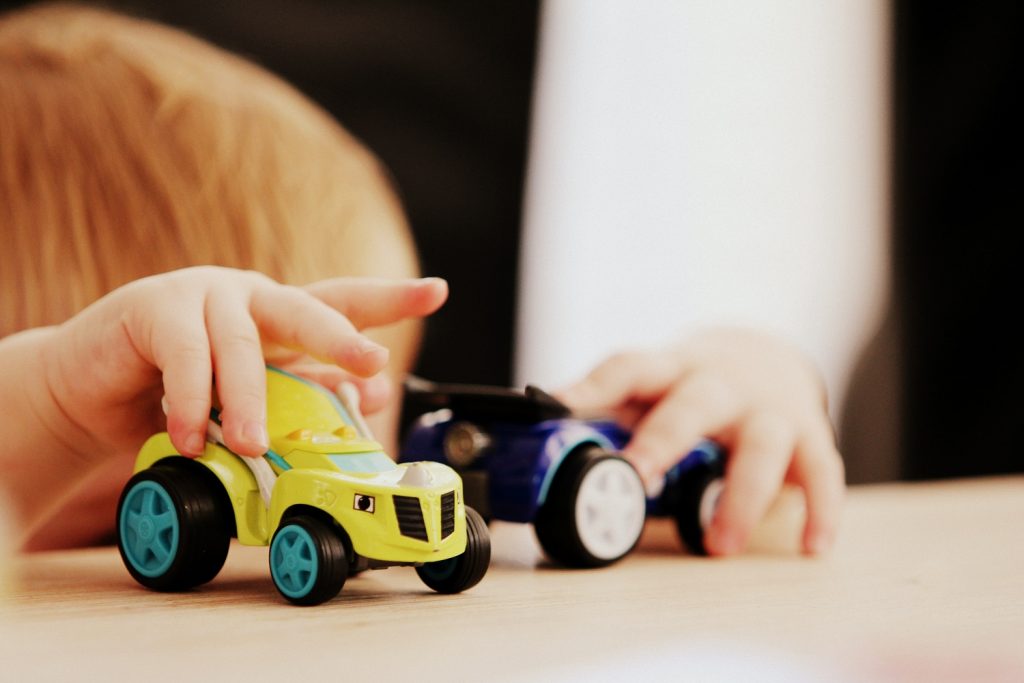


Think about how to incorporate good organizational habits into your routines. If someone were to ask your kids what they do before bed, they’d likely have a response that closely resembles reality….we brush teeth, put pj’s on, read two stories – whatever your routine is.
You can tag onto these existing habits to incorporate new ones….like putting dirty clothes in a hamper and clearing the floor of their rooms. I recommend keeping it specific and simple. Instead of “Clean up this room before bed. It’s a mess!” Try, “Great job putting those clothes away. Do you remember that one other new thing we’re doing at bedtime? Yes! Clear the floor! So once you pick up this lego pile you’ll have more space to play tomorrow!” Consistency and follow through is key!
3. Link the desired behavior to something fun.
If you’re trying to instill a habit in your kids, such as picking up, there will naturally be more motivation if doing it is tied to the ability to do something fun afterwards. “Before screen time, let’s make sure those pj’s are put away.” Or, “Going to the park sounds fun! We’ll all be ready once the paper and crayons are picked up.” Again, consistency is key. And, allow plenty of time. That way, you’ll be able to wait until the kids pick up their things before heading out the door. When we feel rushed, the temptation is to either not enforce the rule or quickly do it ourselves.
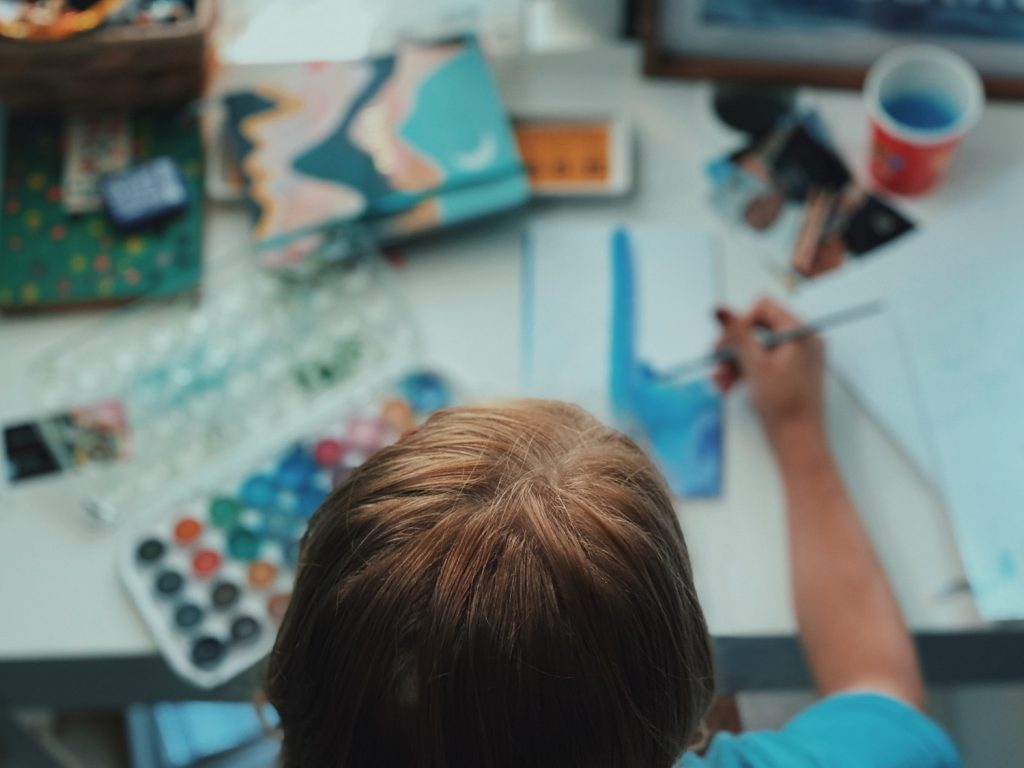


4. Give ownership.
Kids often take great pride in “owning” something that is their responsibility. Their rooms are a great place to reinforce this. Saturday morning could be clean their room time, in addition to tidying up daily. Giving kids some choice as to how they might display their prized shell collection, or the color of a throw pillow can give them the feeling that their space is reflective of who they are, and that it’s a privilege to maintain their space and keep it looking nice.
5. The how matters.
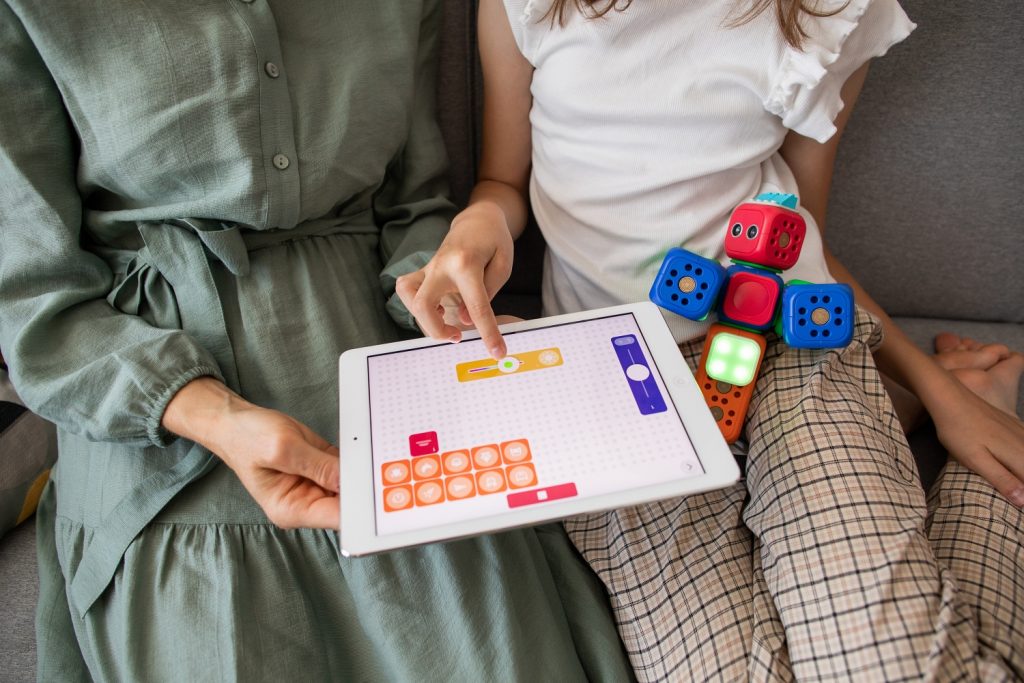


It’s tough for anyone to cheerfully do something if they’re being nagged to do it. If the kids pick up on our negative tone, they can associate the thing we’re asking them to do with negativity, and can start being defensive or argumentative. Yes, the reality might be that we ARE frustrated. After all, we have asked 21,907 times to pick up their ______ (fill in the blank). But, there will be payoffs! It’s so hard, but trying our best to stay even keeled with our ask, then following through, will yield a better outcome.
6. Make it easy on them.
When you’re organizing, think about the way your kids interact with their spaces. Do your kids like to read in their bedrooms? Provide a place to keep books there. Are your kids young? Adjust shelves to be reachable, or install a low hanging rod in their closets. Label bins and use pictures for non readers. Make it easy for them, and they, in turn, will be more likely to make it easy for you.
Organization doesn’t fall on just one person. One person may take the initiative, but success will be greatest when everyone shares in the responsibility – including the kids. They have a natural desire to be helpful, and when we honor that and see their true nature, it’s a blessing for everyone.

